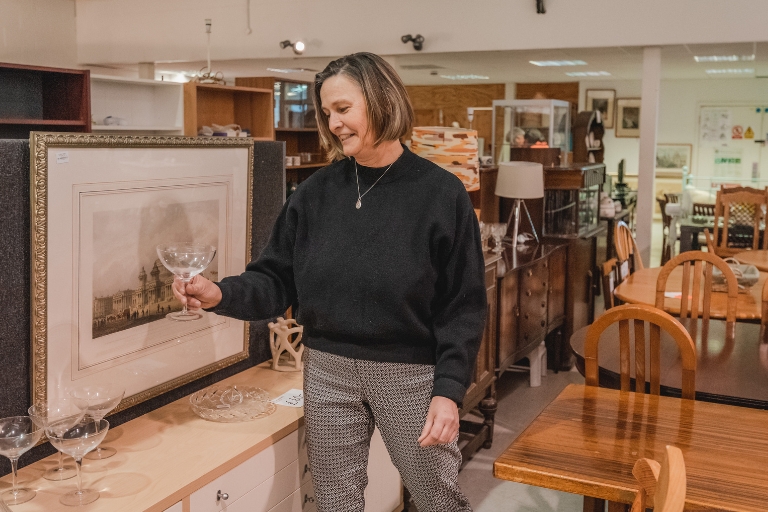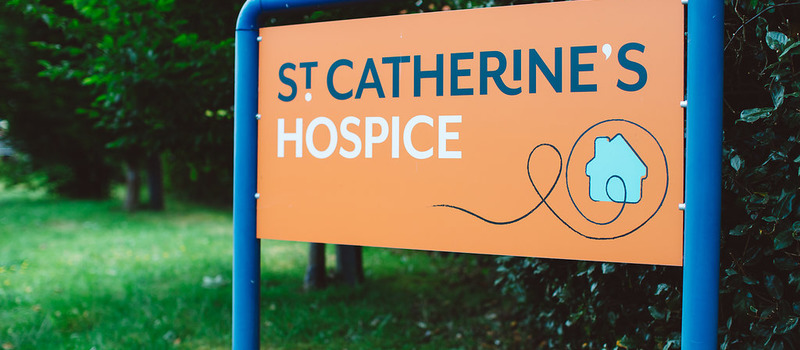Reflections from our Medical Director
Dr Patricia Brayden is our Medical Director and has worked here for 23 years. As our 40th Anniversary year draws to a close, Patricia shares some reflections.
“I was appointed consultant at St Catherine’s in April 2000 and took up the post of Medical Director in 2011.
When I first started, the majority (96%) of people referred to us had cancer but over the years, we’ve seen a gradual but steady increase in the number of people referred to us who have diseases other than cancer. We now see people with heart and renal failure, end-stage liver disease, COPD and dementias as well as a range of neurological conditions.
We also train doctors of the future at St Catherine’s.
This has been tremendously rewarding and fulfilling. It’s incredible to look around our local area and see the number of doctors working in general practice or other areas of medicine who have passed through St Catherine’s as part of their training. It will be exciting to welcome more medical students and doctors in training posts to our new hospice on Grace Holland Avenue.
I’m proud of many things over my 23 years, but there are two crucial moments in our hospice’s history which, for me, epitomise the best of our organisation and spirit.
The first, was in late December 2008 when news broke that the Marie Curie Harestone Hospice in Caterham was going to close in March 2009. St Catherine’s negotiated a formal take-over of the Specialist Palliative Care service in the area, and we were offered a contract to expand our community service into the whole of East Surrey.
The second, is the COVID-19 pandemic of 2020-21. This disrupted hospice life in so many ways. Trying to balance the needs of people under our care – almost all of them clinically vulnerable and shielding – alongside playing our role in the wider healthcare system whilst keeping our own colleagues as safe as possible was a huge challenge. This was made worse by the devastating loss of fundraising income.
It’s still upsetting to recall the impact of having to do things which felt so totally counter-cultural to hospice care. We had to restrict visiting, stand down volunteers, close our Day Service, our shops (including our much-loved coffee shop), and maintain physical distancing between colleagues – and the people we supported – wherever possible.
Our current focus is developing our services to meet the current and future needs of local people.
Our hospice has been here for forty years; what do we need to do to remain relevant for the next forty?
Now we’re in our new hospice, one of our aspirations is to use our increased bed capacity to get more people out of hospital sooner. This means we can better assess their needs, help manage their physical symptoms, address their psychological, emotional or spiritual distress and get them home with support, if possible. We also want to use our beds to avoid people being admitted unnecessarily to hospital.
We’re also particularly keen to understand – and to break down – the barriers that some groups experience in accessing our services, whether as a result of poverty, language, fear of discrimination or simply due to reluctance to talk about death and dying.
If we can achieve these things, perhaps our vision of a world in which everyone can face death informed, supported and free of pain will become closer to reality.”












